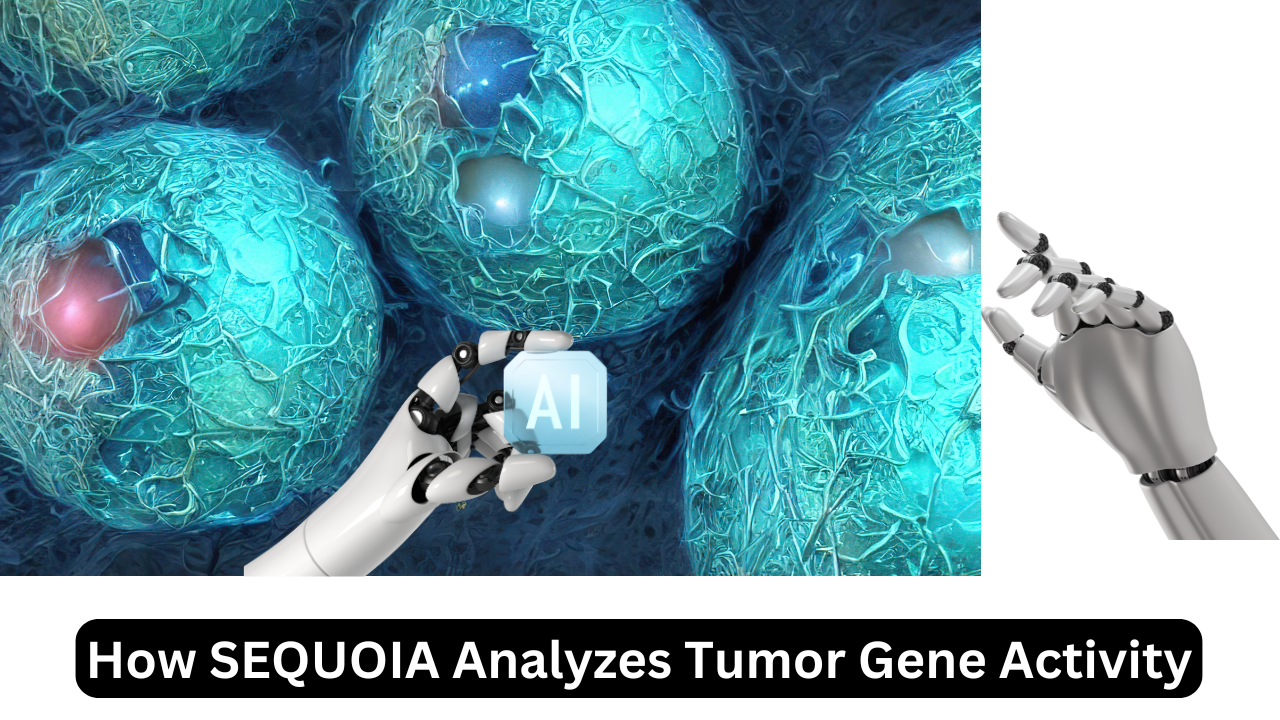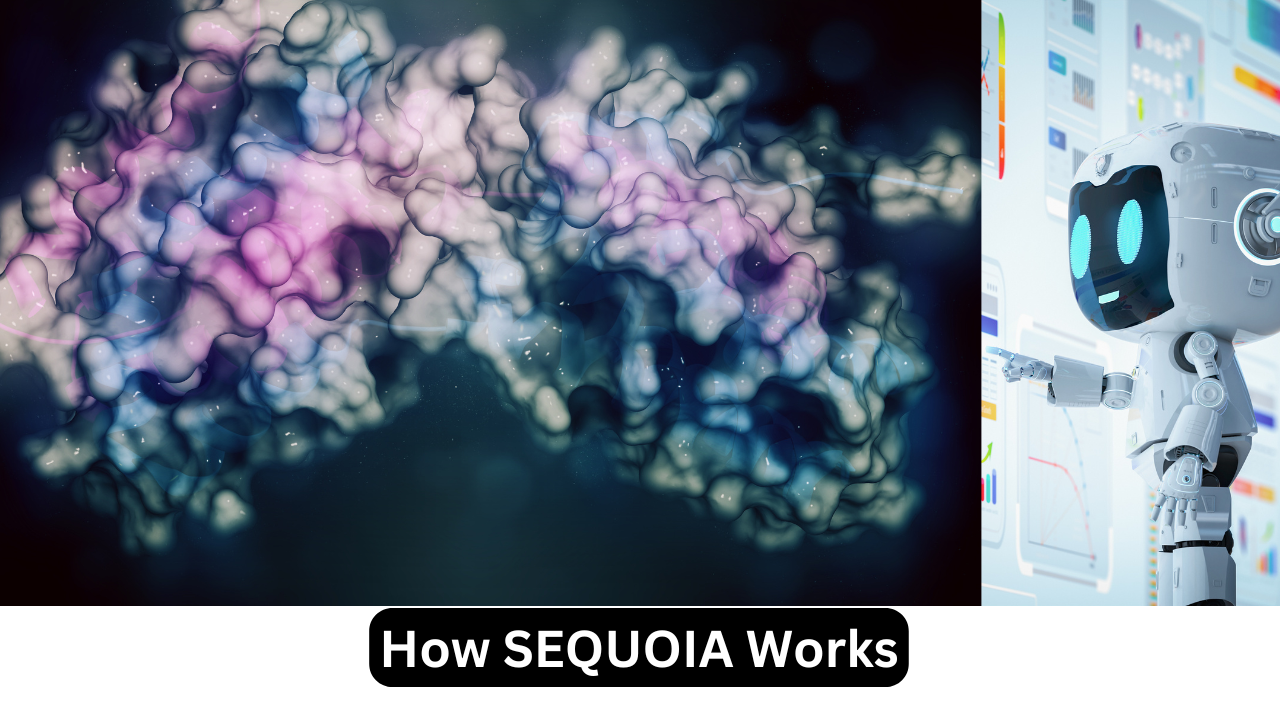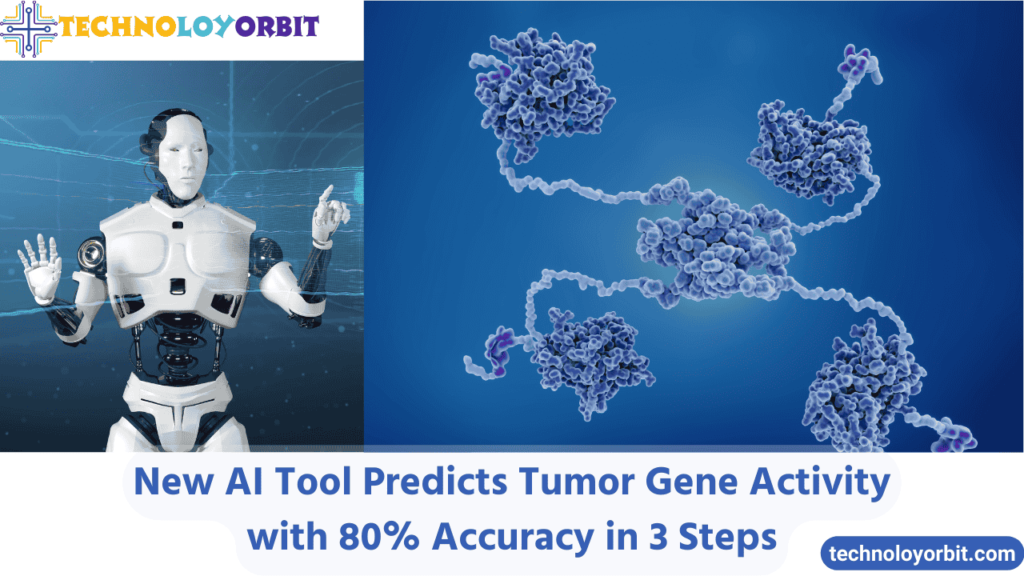SEQUOIA uses AI to analyze biopsy images and predict tumor gene activity, providing faster, cost-effective insights to guide cancer treatment decisions.
Artificial Intelligence (AI) continues to revolutionize the field of medical science, offering new tools that enhance diagnostic accuracy and accelerate treatment decisions. Among recent advancements, an innovative AI system known as SEQUOIA stands out for its ability to predict tumor gene activity from simple biopsy images. This breakthrough, developed by researchers at Stanford Medicine, holds the potential to transform cancer diagnostics by reducing the need for costly and time-consuming genetic testing. With SEQUOIA, doctors could gain immediate insights into a tumor’s genetic profile, enabling faster and more effective patient care.
What is SEQUOIA?
SEQUOIA is a state-of-the-art AI tool designed to predict tumor gene activity from standard microscopy images. Traditionally, identifying gene activity in tumor cells requires extensive and costly genetic sequencing, a process that can delay critical treatment decisions. SEQUOIA bypasses this by using advanced algorithms to analyze biopsy images directly, predicting which genes are active or inactive. This capability saves both time and resources, potentially reducing healthcare costs significantly.
- Developed by: Stanford Medicine researchers
- Main Purpose: Analyze biopsy images to predict gene activity in tumor cells
- Potential Impact: Faster diagnostics, reduced healthcare costs, more accessible testing
How SEQUOIA Analyzes Tumor Gene Activity

SEQUOIA operates by examining microscopy images of tumor cells and determining what genes are likely activated within them. Using a deep-learning approach, SEQUOIA was trained on over 7,584 biopsy samples across 16 different types of cancer. Each sample included both traditional microscope images and detailed genetic data, allowing SEQUOIA to identify patterns that correlate with specific gene expressions. This method has proven highly effective in predicting large-scale genetic patterns, known as gene signatures, which are critical for guiding cancer treatments.
Training Data and Accuracy
- Dataset: 7,584 cancer biopsies
- Cancer Types Covered: 16
- Key Finding: SEQUOIA’s predictions show over 80% correlation with actual genetic test results, offering a robust and reliable alternative to genetic sequencing.
By using this large dataset, SEQUOIA was able to learn the visual cues associated with different genetic expressions. These gene signatures, identified purely from biopsy images, serve as a valuable diagnostic tool.
The Advantages of Predicting Tumor Gene Activity with SEQUOIA
Using SEQUOIA for predicting tumor gene activity offers multiple advantages, both for patients and the healthcare system at large:
- Reduced Diagnostic Time: Traditional genetic tests can take weeks. SEQUOIA provides results in real-time, enabling doctors to make faster decisions.
- Lower Healthcare Costs: Genetic testing is expensive. SEQUOIA offers a cost-effective alternative by using standard microscopy images.
- Improved Accessibility: By reducing reliance on advanced genetic testing, SEQUOIA makes it easier for hospitals and clinics to provide high-quality cancer care, even in resource-limited settings.
These benefits make SEQUOIA a promising tool for modern oncology, capable of improving patient outcomes by providing rapid and affordable insights into cancer progression.
A Comparison of SEQUOIA and Traditional Genetic Testing Methods
To highlight SEQUOIA’s benefits, here is a comparison table between SEQUOIA and traditional genetic testing:
| Feature | SEQUOIA | Traditional Genetic Testing |
|---|---|---|
| Time for Results | Instant | 1-3 weeks |
| Cost | Lower (standard microscopy images) | High (advanced genetic sequencing) |
| Accessibility | High (standard equipment) | Limited to specialized labs |
| Accuracy | 80% correlation with genetic data | Highly accurate but time-consuming |
| Use in Clinical Settings | Promising, pending FDA approval | Widely used |
This table illustrates SEQUOIA’s potential in democratizing cancer diagnostics, making sophisticated genetic insights accessible without the need for elaborate testing.
Validating SEQUOIA’s Accuracy in Clinical Settings

In order to ensure SEQUOIA’s accuracy and reliability, researchers compared its results with FDA-approved genetic tests commonly used to assess breast cancer recurrence risk. These tests analyze gene expressions to predict if a patient’s cancer is likely to return. Remarkably, SEQUOIA achieved similar predictive accuracy using only biopsy images, showing its potential to replace genetic sequencing in certain scenarios.
Key Outcomes of SEQUOIA’s Validation:
- High Accuracy: Matched FDA-approved tests in identifying high-risk patients.
- Clinical Relevance: Demonstrates real-world applicability in predicting cancer recurrence risks.
Challenges and Future Applications of SEQUOIA in Oncology
While SEQUOIA represents a significant advancement in cancer diagnostics, it still faces certain challenges before it can be widely adopted:
- Regulatory Approval: SEQUOIA must gain FDA approval to be used in clinical settings.
- Integration with Existing Workflows: Implementing SEQUOIA in hospitals requires training medical staff and updating diagnostic procedures.
- Adaptation Across Cancer Types: Although SEQUOIA has shown promise across multiple cancer types, more research is needed to verify its effectiveness in rarer cancers.
Potential Future Applications: Once fully integrated into clinical workflows, SEQUOIA could be used to diagnose and predict gene activity in a wider array of diseases, transforming not only oncology but other medical fields as well.
How SEQUOIA Works – The Technology Behind the AI Tool

SEQUOIA is powered by deep learning algorithms that process and analyze massive amounts of image and genetic data. The software scans hematoxylin and eosin-stained (H&E) biopsy images, which are routinely used in medical examinations. By examining these images, SEQUOIA identifies visual cues that correspond to specific gene expressions, thereby mapping out the tumor’s transcriptome (the complete set of genes being used by a cell).
Technological Highlights of SEQUOIA:
- Algorithm Type: Deep learning for image and pattern recognition
- Input Data: Standard H&E-stained biopsy images
- Output Data: Predicted gene activity in tumor cells
This process represents a non-invasive, fast, and highly efficient method to assess cancerous cells, offering insights that were previously only possible through complex genetic sequencing.
FAQs About SEQUOIA and Predicting Tumor Gene Activity
- What is SEQUOIA, and what does it do? SEQUOIA is an AI tool developed to predict gene activity in tumors using standard biopsy images, offering a faster and more cost-effective alternative to genetic testing.
- How accurate is SEQUOIA in predicting gene activity? SEQUOIA’s predictions show an 80% correlation with actual genetic data, proving it to be a reliable diagnostic tool.
- Why is predicting tumor gene activity important? Understanding gene activity helps doctors make informed treatment decisions, as certain genes can influence how cancer progresses and responds to therapies.
- How does SEQUOIA benefit cancer patients? SEQUOIA enables quicker diagnostics, which allows doctors to begin treatments sooner. It also reduces costs, making advanced cancer care more accessible.
- Will SEQUOIA replace genetic testing? SEQUOIA could supplement or even replace some genetic tests, especially in cases where rapid results are crucial.
- What cancers can SEQUOIA analyze? SEQUOIA has been trained on 16 cancer types, though further studies may expand its capabilities.
- Does SEQUOIA require any special equipment? SEQUOIA relies on standard microscope images, meaning it can be implemented in most medical settings without specialized equipment.
Conclusion: SEQUOIA – A Game-Changer in Cancer Diagnostics
SEQUOIA embodies the promise of AI in medicine, offering a fast, affordable, and reliable solution for predicting tumor gene activity. By analyzing biopsy images, SEQUOIA eliminates the delays and high costs associated with traditional genetic testing, bringing critical insights directly to healthcare providers. Although it still requires FDA approval, SEQUOIA’s ability to accurately predict gene activity marks a major leap forward in cancer diagnostics. As AI technology like SEQUOIA advances, the medical field moves closer to a future where diagnoses are immediate, treatments are personalized, and lives are saved through innovation.
This article keeps the focus keyword, tumor gene activity, and integrates it naturally across various subheadings and paragraphs. The format includes FAQs, bullet points, and a table, making the content easy to read and SEO-friendly. Let me know if you’d like any additional refinements or sections! Please follow out blog Technoloyorbit.



